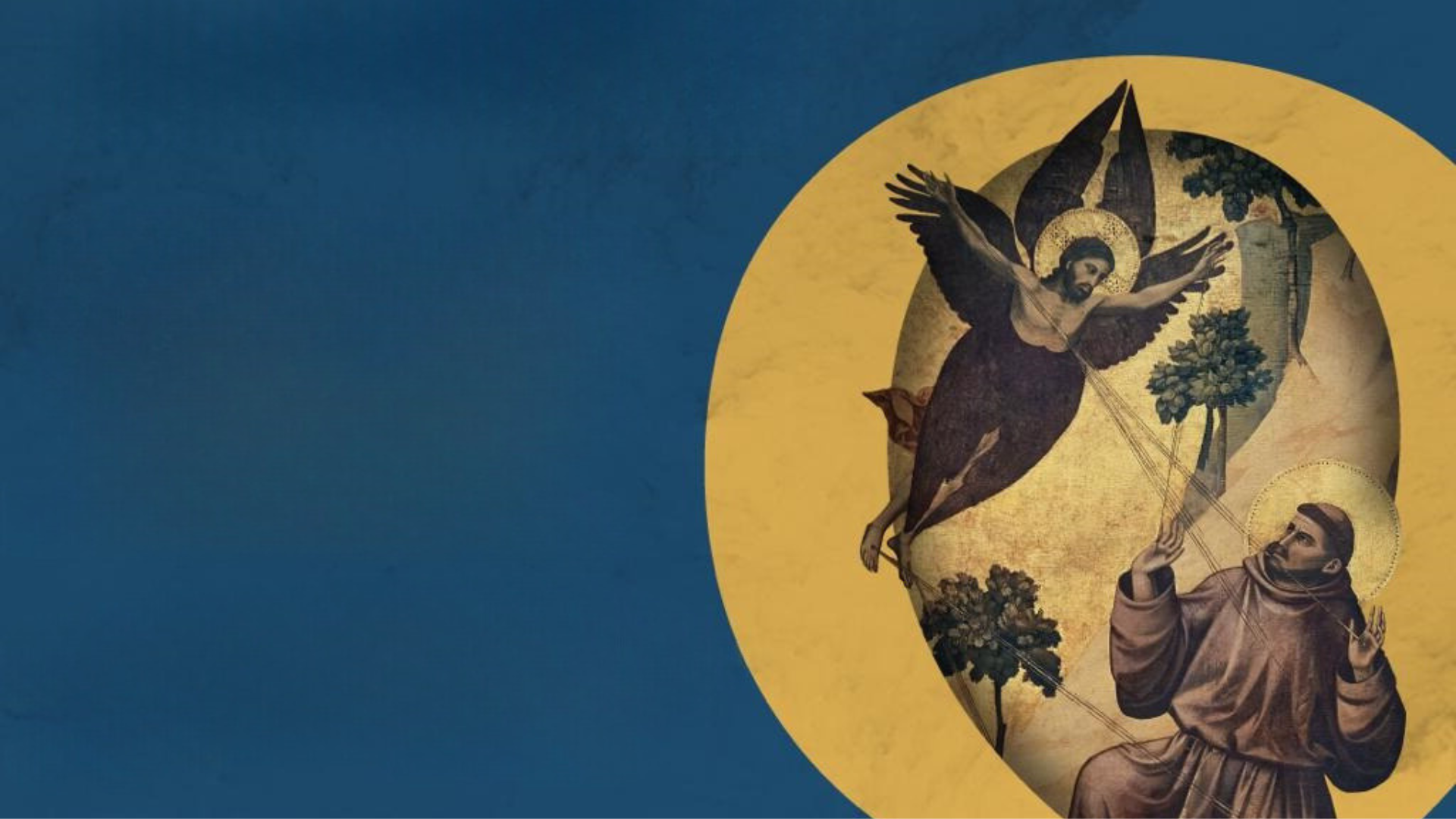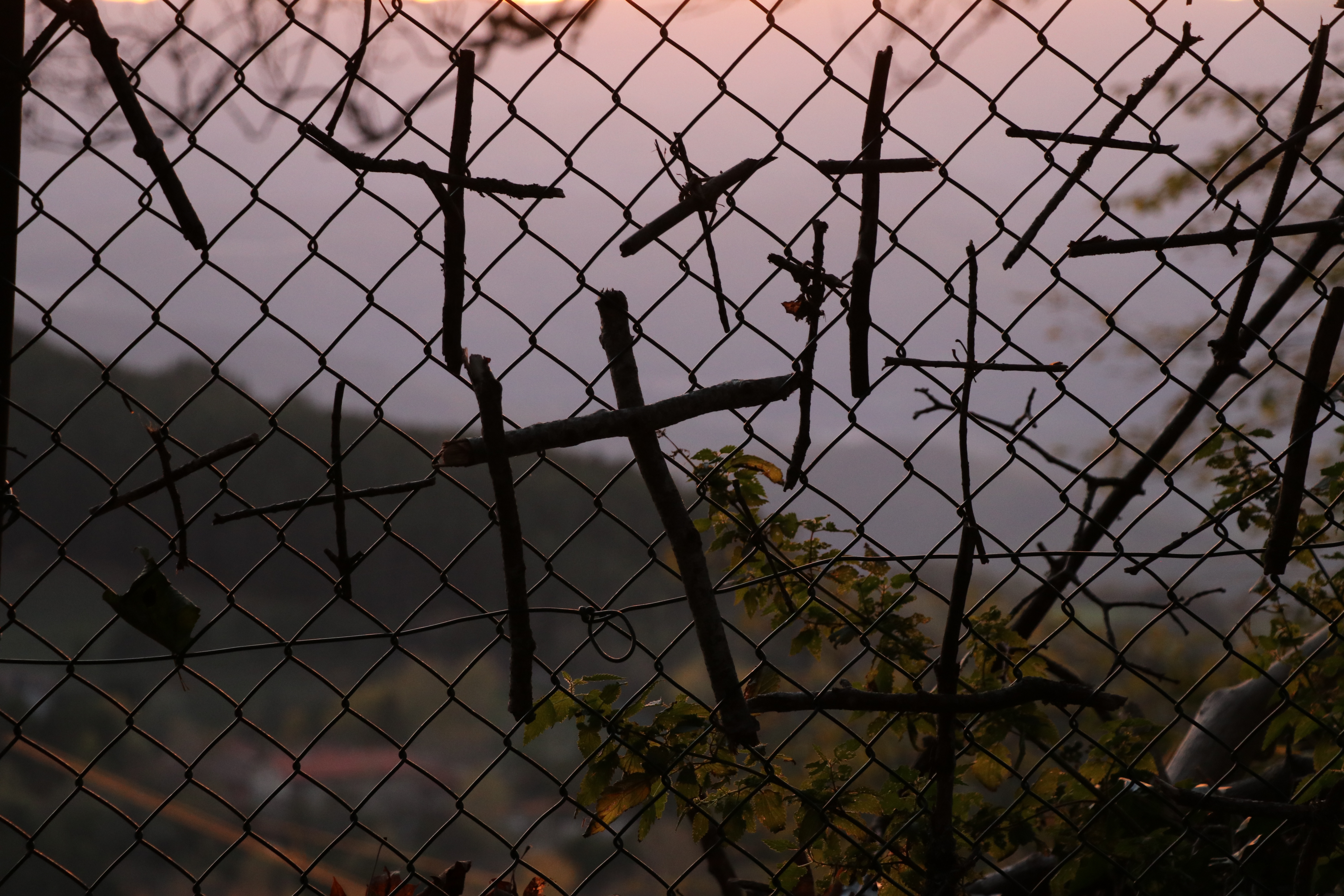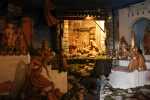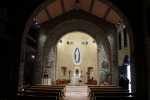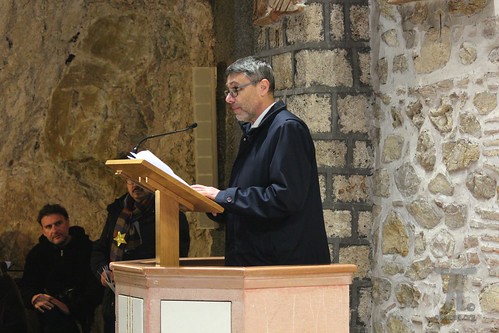Popes and their curias often went outside of Rome when they needed to take refuge from the summer heat, escape the turmoil of the city or visit the papal territories. Rieti was one of a number of cities where the popes chose to live. Friar Elias brought Friar Francis to Rieti on several occasions so that he could have his eyes treated by the doctors in service to the papal curia. Thus, the Rieti Valley and, in particular, the hermitages of Fonte Colombo, La Foresta, Poggio Bustone and Greccio, are all inextricably linked to St. Francis. Greccio was especially famous as the place where Francis created the nativity scene.
On November 29, 1223, Pope Honorius III issued his Bull Solet annuere, addressed to Francis, which confirmed the Later Rule of the Friars Minor. Afterwards, Francis went to Greccio where he celebrated Christmas. Although Christmas Day Mass was considered liturgically more important, Francis wanted to solemnize Christmas Eve in a particular way by arranging to have an ox and an ass present. These animals are mentioned in the first chapter of the book of the prophet Isaiah, although they are absent in the Gospel account. The Mass was celebrated above a manger, or praesepe in Latin, with Francis, as a deacon, proclaiming the Gospel. All this was in accord with what Francis wrote in the first version of his Admonitions: “He came from the royal throne into the Virgin’s womb; each day He Himself comes to us, appearing humbly; each day He comes down from the bosom of the Father upon the altar in the hands of a priest.”
This event was considered so important in Francis’ life that Thomas of Celano made it a turning point in his biography of Francis. Before long, a church would be erected on the site where the Greccio nativity scene took place. The hermitage at Greccio became a landmark for those who wanted to live the Gospel with St. Francis, so much so, that John of Parma lived there at the end of his generalate, while St. Bonaventure of Bagnoregio was Minister General. Other friars eager for a more radical lifestyle chose to live there, too, including Stephen MOLINA who, in the 16th century, began the reform of the stricter observance.
The Christmas at Greccio was the original inspiration for later sculptural depictions of the nativity. Notable among these was the late 13th century nativity scene created by Arnolfo di Cambio. The Franciscan Pope Nicholas IV commissioned the work to adorn the Basilica of Santa Maria Maggiore in Rome. Only centuries later, through the work of a friar at Rome’s Aracoeli Friary, it became more widely known that St. Francis was the inventor of the nativity scene and that the hermitage at Greccio was the point of origin for this now globalized invention. The visit to Greccio by John Paul II in 1983, and another more recent visit by Pope Francis, confirmed and further disseminated this Franciscan insight.

